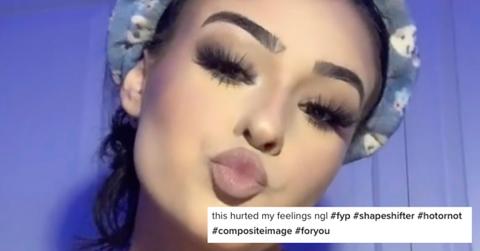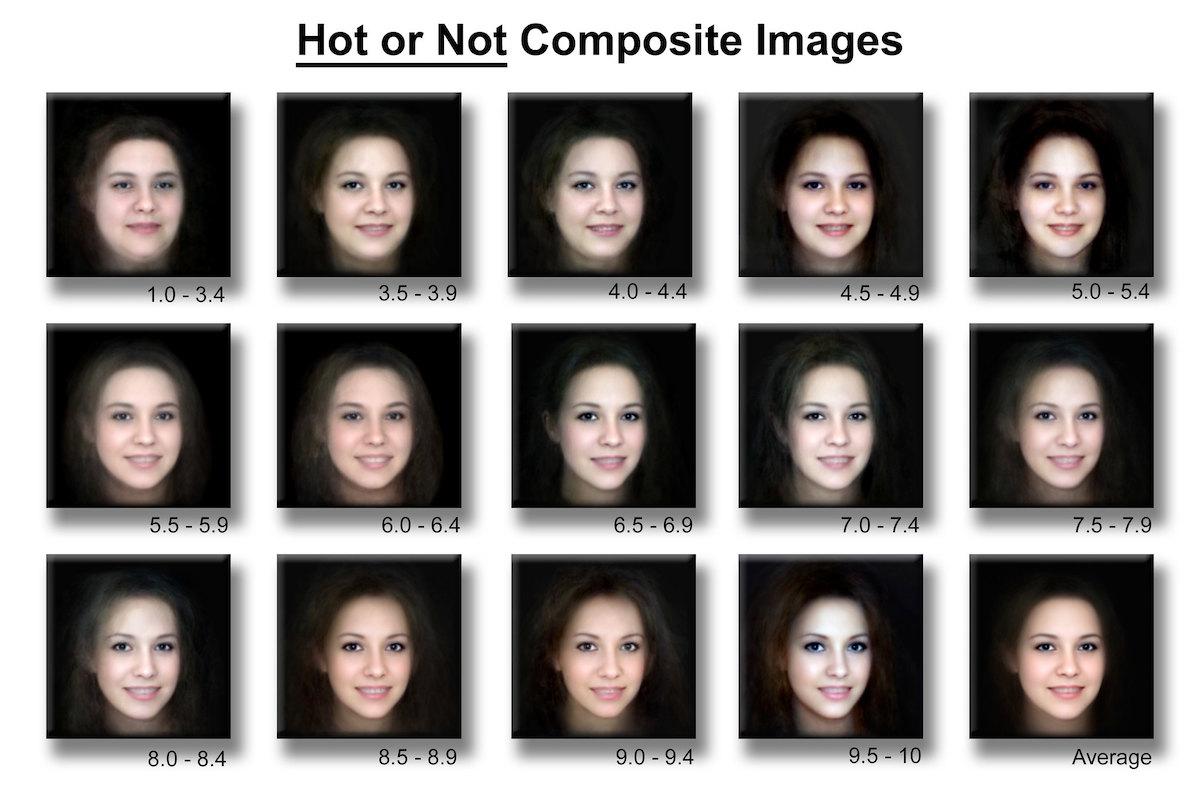TikTok’s “Hot or Not” Trend Is All Kinds of Problematic, and Here's Why
Published May 1 2021, 3:21 p.m. ET
If you’re up for a TikTok effect arbitrarily judging your appearance, you too can join in on the “fun." That's because TikTok users are using composite images to find out if they’re “hot or not."
This “hot or not” trend uses the same Shapeshifting effect that people used to find their celebrity lookalike, their Marvel doppelgänger, and even their ethnicity.
But as we’ve pointed out before, the effect isn’t so effective at finding lookalikes, so your mileage may vary. And we would recommend skipping this particular trend altogether unless you’re one of those one-in-a-million people with ironclad self-image.
The trend uses the so-called “Attractive Face Scale,” which was based on photos from the Hot or Not website.
The image against which TikTok users are comparing themselves is the “Attractive Face Scale” created by Pierre Tourigny, a Flickr user who professed to be a photography enthusiast and statistics programmer from Gatineau, Canada.
When he shared the scale to Flickr in 2006, Pierre wrote that he created the 30 composite images from a collection of photos culled from the now-defunct ‘website Hot or Not, where “people rate others’ attractiveness on a scale of 1 to 10” and “an average score based on hundreds or even thousands of individual ratings takes only a few days to emerge,” as he explained.
Pierre said he downloaded the images, sorted them by ranking, and used the SquirlzMorph software to create multi-morph composites of rank groupings.
“The portraits are blurry because the source images are low-resolution with differences in posture, hairstyles, glasses, etc., so that I could use only 36 control points for the morphs,” he added.
Pierre’s conclusions? First of all, the morphs “tend to be prettier than their sources because face asymmetries and skin blemishes average out,” and second, “fat is not attractive.” (If you believe or agree with that, please read up on society’s fatphobia problem.)
Feel free not to participate in the trend, since TikTok users already struggle with body image perceptions.
Some TikTok users may view this “hot or not” trend as just inane fun, but some people could take it very seriously. And that could be a real problem.
You see, even before people started comparing themselves to a grid of fake faces, TikTok users were already reporting that the app was warping their body image, as NBC News reported in July.
“When I initially downloaded TikTok, I saw a lot of really, really negative body image videos,” Brittani Lancaster, a TikTok body positive activist, told the outlet. “It’s not worth it to keep seeing these posts if it’s worsening your mental health.”
In May 2020, actress and social media star Sissy Sheridan tweeted, “I liked my body before I downloaded TikTok.”
So it’s totally OK and maybe even recommended to skip this “hot or not” trend. After all, there’s no documentation on how this Shapeshifting effect chooses which face to morph yours into, and frankly, the whole “Hot or Not” conceit and the attractiveness scale are unproductive and unhealthy. Let’s just say we’re all hot and call it a day!

